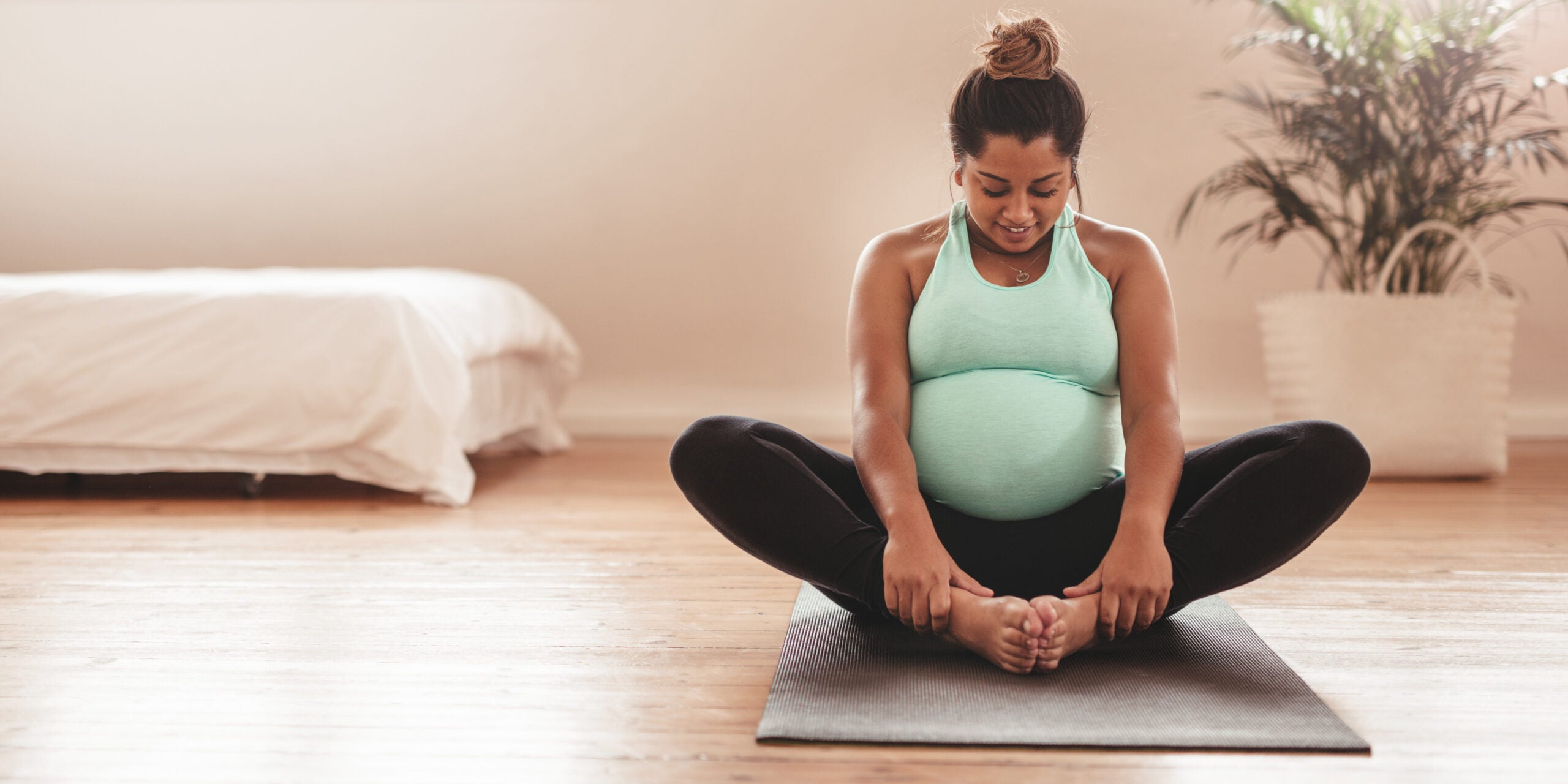
How And When To Start A Newborn Sleep Routine
I remember when we had our son, I was BEYOND confused! Have you ever been so overwhelmed as a mom to a newborn with all the information we have available? Books, articles, podcasts, etc.! It was never-ending for me, and as a sleep consultant and newborn care specialist, my number one advice is to get a routine in place for your newborn.
Just how early should you start a routine? The day they’re born or when you get home from the hospital (birthing center). The earlier, the better with newborns because, believe it or not, they start to recognize patterns and routines VERY early on.

Newborns tend to go to bed later, with some newborns ending their “day” between 9-10 pm. One reason is that they don’t produce melatonin on their own at this stage, so they don’t know the difference between daytime and nighttime. Having an established routine is a positive sleep association for them, and as they learn the routine, they learn that sleeping comes right after and signals to their brain.
A newborn sleep routine can be anywhere between 30-60 minutes long, and I advise parents to start it at bedtime and, as the weeks go by, add some of those aspects into their nap routine.
So What Should The Routine Look Like?
The first thing is to try and make it simple. This is great so anyone can take over should the primary caregiver not be able to. A routine can look like this:

Warm bath & pajamas
Infant massage


One book
Feed & burp


Diaper change
Swaddle (if they respond well to it)


White noise
Hugs & kisses


Goodnight phrases
I encourage parents to do what works for their family dynamic, so the most important thing is to keep the routine consistent. This helps once sleep shaping (or sleep conditioning) gets in motion.
Sleep Shaping
Sleep shaping, known as sleep conditioning, lays the foundation for independent sleep. Newborns shouldn’t be sleep trained, but once they are three months of age, parents can begin to lay those foundations down, and guess what! You’ve already started because you have a routine in place!
Observe your baby’s wake window. For a 3-month-old, it can be anywhere between 60-90 minutes. Start with the Pick-Up, Put Down method when you see their sleepy cues.
Here you do your routine and lay them down (drowsy/awake). If your baby cries, you simply pick them up, calm them, and then lay them back down (repeat).
It’s important to know that you aren’t expecting independent sleep at this stage, and it’s just something to get them familiar with for naps and bedtime. You do it a few times and then get them to sleep in whatever way works for them.

To Summarize
• Start a routine as soon as they’re born
• Once they’re three months old, focus on their wake windows
• Do their routine at bedtime and a quick version for naps
• White noise, swaddle or sleepsack (depending on age), blackout curtains
• Try the Pick Up Put Down (understanding it’s just an introduction for them)
Remember, you know your baby best and are the perfect parent for them. Enjoy the newborn stage, and don’t put too much pressure on what’s expected. Do what you can, and the rest will come with time.


